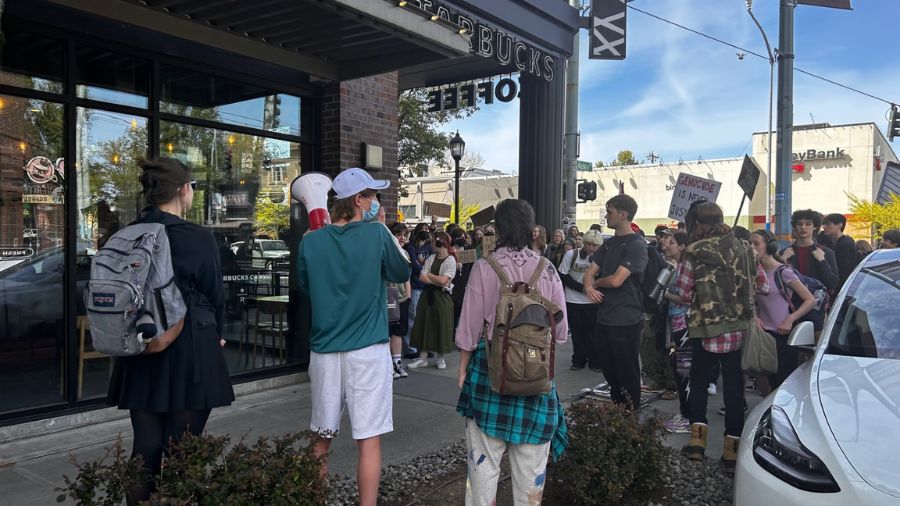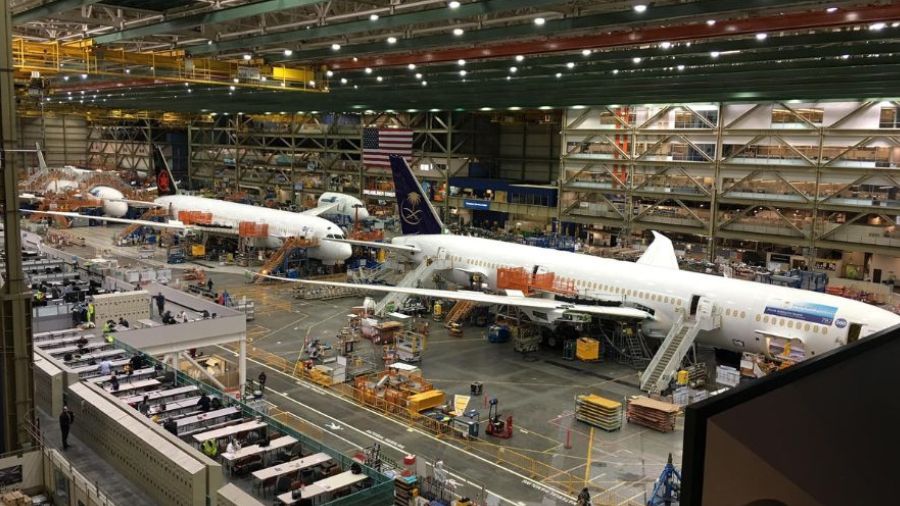Fishing boat adrift after Japan tsunami closing in on British Columbia
Mar 23, 2012, 5:56 PM | Updated: 6:33 pm

The tsunamis that followed the magnitude-9 earthquake generated 20 million to 25 million tons of debris, including what was left on land. (AP Photo)
(AP Photo)
The first piece of discovered debris from the earthquake
and tsunami in Japan expected to wash up on the West Coast
is quickly closing in.
A 160 foot fishing vessel that was taken out to sea last
March 11 after the magnitude 9.0 earthquake and tsunami is
floating
about 120 nautical miles off the coast of British
Columbia. On its current trajectory and speed, the vessel
is expected to make landfall in approximately 50 days.
Officials have confirmed that the boat originated in
Japan.
Senator Maria Cantwell is worried the huge debris field,
now expected to reach our coast sooner than expected, will
cause serious problems for the ecosystem in Washington and
for those living and working along the coast. She’s
calling on the U.S. government for a “comprehensive plan
for coordination and response to the tsunami debris.”
“Hundreds of thousands of jobs in Washington state depend
on our healthy marine ecosystems. We can’t afford to wait
until more tsunami debris washes ashore to understand its
potential impact on Washington state’s $10.8 billion
coastal economy. And we can’t afford to cut the NOAA
marine debris program by 25 percent with no plan in place
for Japanese tsunami debris.”
Cantwell is working on an amendment that would require the
Undersecretary of Commerce for Oceans and Atmosphere to
develop a plan to help prepare the region.
Originally, experts said houses, fishing boats, and
appliances would begin washing up on the West Coast
sometime between March, 2013 and March, 2014, but ocean
currents have dispersed the pieces and they’re now
estimated to spread out some 3,000 miles in the Pacific.
The trajectory is not clear.
In September, a Russian training ship spotted a
refrigerator, a television set and other appliances west
of Hawaii. By now, the debris has likely drifted so far
apart that only one object can be seen at a time, said
Nikolai Maximenko, a University of Hawaii researcher and
ocean currents expert.
Most items likely sank not far from Japan’s eastern coast.
One million to 2 million tons of debris remain in the
ocean, but only 1 to 5 percent of that could reach
American and Canadian shorelines, said Maximenko. The
tsunamis that followed the earthquake generated 20 million
to 25 million tons of
debris, including what was left on land.
NOAA’s tsunami marine debris coordinator, Ruth Yender said
in February there is little chance of any debris being
contaminated by radiation. The debris came from a large
swath of Japan’s northeastern coast, not only near the
tsunami-damaged nuclear power plant in Fukushima. Further,
it was dragged out to sea with the tsunamis, not while the
Fukushima plant experienced multiple meltdowns.
Nicholas Mallos, a conservation biologist and marine
debris specialist for the Ocean Conservancy, said many of
the objects in the debris were expected to be from Japan’s
fishing industry. That could pose a risk for wildlife,
such as endangered Hawaiian monk seals, if fishing gear
washes up on coral reefs or beaches.
The Associated Press contributed to this report.













